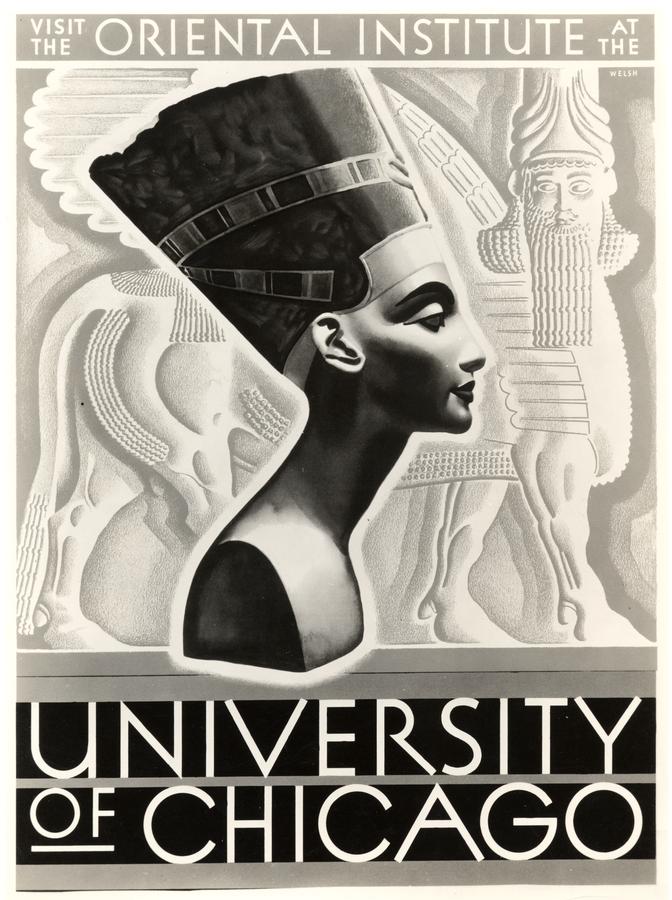Al-Ahram Weekly
25 November - 1 December 2010, Issue No. 1024
As the Epigraphic Survey at Chicago House in Luxor enters its 87th six-month season in Luxor, Jill Kamil talks to director Ray Johnson about the work in progress.
"Preserving Egypt's ancient records for present and future generations is what we strive to do," says Ray Johnson, director of Chicago House, the iconic home of the University of Chicago's Oriental Institute archaeological team in Luxor. Johnson says that the documentation techniques pioneered by founder James Henry Breasted, while now augmented with new digital tools, have never been surpassed. "When a photograph or a scan is not clear enough, or the wall surface is terribly damaged, we use non-invasive photographic and digital images as the basis for precise line drawings that continue to set the standard for epigraphic recording everywhere," he says. "This technique has become known simply as the Chicago House method, and it still sets the disciplined and meticulous course of the work of our documentation teams...Clockwise: Medinet Habu blockyard moving, coordinated by conservator Lotfi Hassan; conservator Hiroko Kariya preparing display group; Khonsu Temple epigraphic team Brett McClain, Jen Kimpton, and Keli Alberts puzzle over an inscribed block; open-air museum at Luxor Temple
See the chronicle of news about the Oriental Institute.






 Stumble It!
Stumble It!

